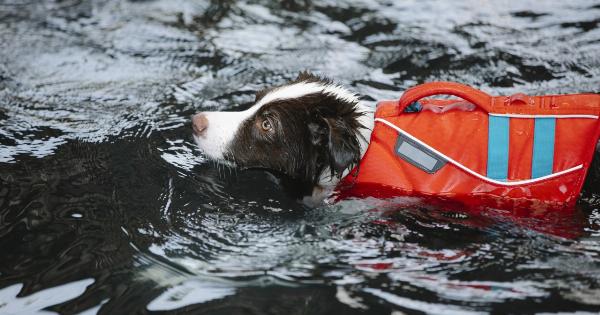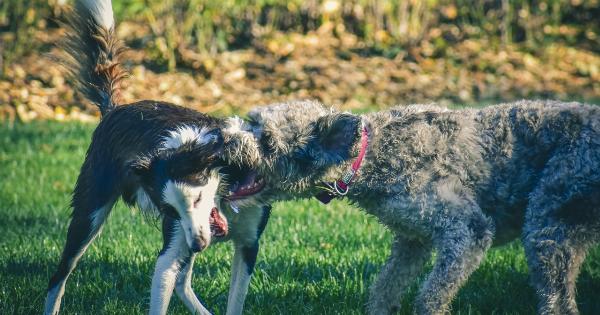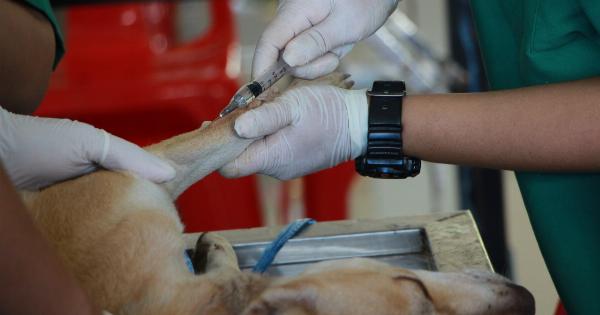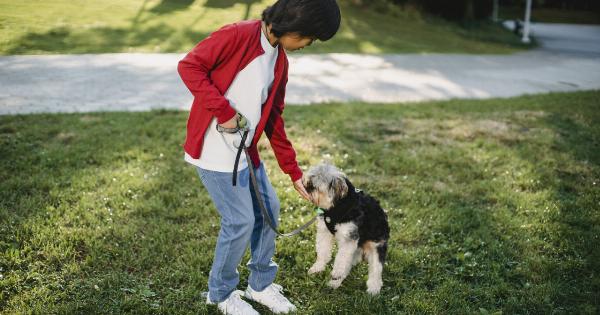Welcoming a puppy into your home is a thrilling experience. Everything is new and exciting, and their playful antics can bring immense joy.
However, as your furry friend grows older, you may notice certain behavioral changes during their adolescence phase. Just like human teenagers, dogs too go through a period of transition, testing boundaries and asserting their independence.
While it can be a challenging time, with patience and understanding, you can survive your dog’s adolescence and help them grow into a well-behaved adult companion. In this article, we will explore some common issues faced during this stage and discuss strategies to navigate through the sometimes turbulent waters of your dog’s adolescence.
The Adolescent Stage: When Does It Begin?
The adolescent stage in dogs typically starts around six months of age and can extend until they are 18-24 months old. The exact duration and intensity of this phase can vary depending on the breed, size, and individual dog.
During this time, hormonal changes and the natural progression of their development may lead to various behavioral shifts.
1. Increased Independence
One of the most noticeable changes during adolescence is the desire for independence. Your once obedient puppy may start testing boundaries, ignoring commands, and exhibiting selective hearing.
This behavior is a normal part of their growth and should be addressed with consistency and positive reinforcement. Maintain a clear structure, establish rules, and continue training sessions to reinforce desired behavior.
2. Chewing and Destructiveness
As your dog’s adult teeth start coming in, they may experience discomfort and seek relief by chewing on various objects. This chewing phase can result in damaged personal belongings and furniture.
To prevent this, make sure your dog has plenty of appropriate chew toys and provide them with regular exercise to curb boredom.
3. Increased Energy Levels
Adolescent dogs often experience bursts of energy and require additional physical exercise. Failing to provide sufficient exercise can lead to restlessness and the development of undesirable habits.
Engage your dog in regular walks, playtime, and mentally stimulating activities to help them burn off excess energy in a positive manner.
4. Socialization Challenges
Socialization is crucial during your dog’s adolescence to ensure they grow up to be well-adjusted adults. However, this stage can present challenges as your dog may become more reactive or fearful towards unfamiliar people, animals, or situations.
It is important to continue exposing your dog to different environments and introducing them to new experiences gradually. Positive reinforcement training and seeking the guidance of a professional dog trainer can be immensely beneficial during this period.
5. Hormonal Changes
Hormonal changes and the onset of sexual maturity can greatly impact your dog’s behavior.
Unneutered males may display increased territorial instincts and aggression, while unspayed females can undergo mood swings and exhibit signs of restlessness. Consult with your veterinarian regarding the appropriate time to spay or neuter your dog, as it can help mitigate some of these behavioral challenges.
6. Regression in Training
During adolescence, your dog may exhibit temporary regression in their training. Commands that they previously mastered may suddenly seem forgotten. This is normal due to distractions and a focus on testing boundaries.
Patience and consistency are key in reinforcing training and ensuring your dog understands that their training remains important.
7. Reinforcement of Basic Commands
In adolescence, it’s crucial to reinforce basic commands and maintain consistency. Use positive reinforcement techniques such as treats, toys, and praise to reward your dog for their obedience.
Regular training sessions, even for previously learned commands, will help your dog solidify their understanding and reinforce their training foundation.
8. Seek Professional Guidance if Necessary
If you are experiencing significant difficulties or concerns during your dog’s adolescence, seeking the guidance of a professional dog trainer or behaviorist can be incredibly valuable.
They can provide you with specialized advice, tailor training programs to your specific dog’s needs, and help address any behavior challenges effectively.
9. Patience and Consistency
Perhaps the most important aspect of surviving your dog’s adolescence is patience and consistency. Understand that this is a temporary phase and that consistency in training and reinforcement of desired behavior will pay off in the long run.
Avoid harsh punishment and opt for positive reinforcement techniques. Create a loving and structured environment for your dog, and soon you’ll find yourself on the other side of adolescence with a well-mannered adult companion.
10. Enjoy the Journey
While adolescence can be challenging, it is also a time of growth and discovery for your dog. Take time to enjoy the journey and celebrate the small victories along the way.
Cherish the bond you are building with your furry friend and remember that with commitment, patience, and love, you can successfully navigate your dog’s adolescence and witness them transform into a wonderful adult companion.






























